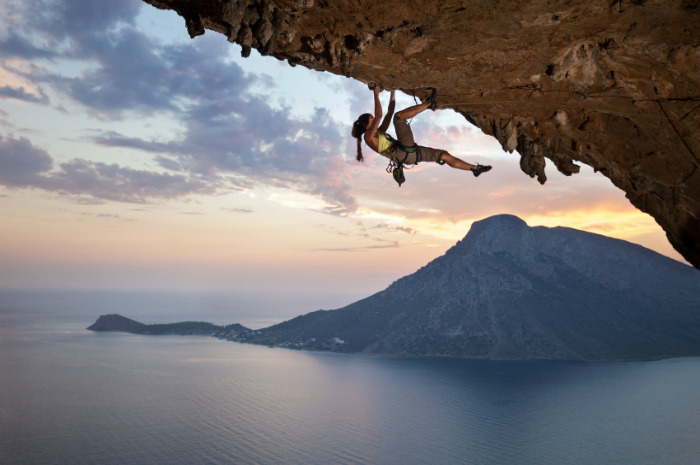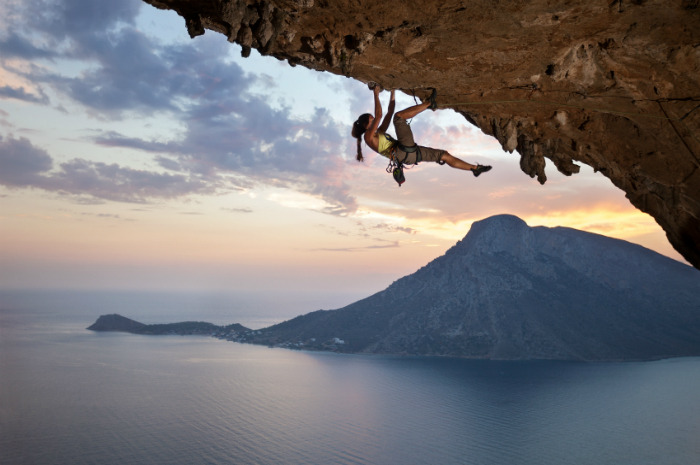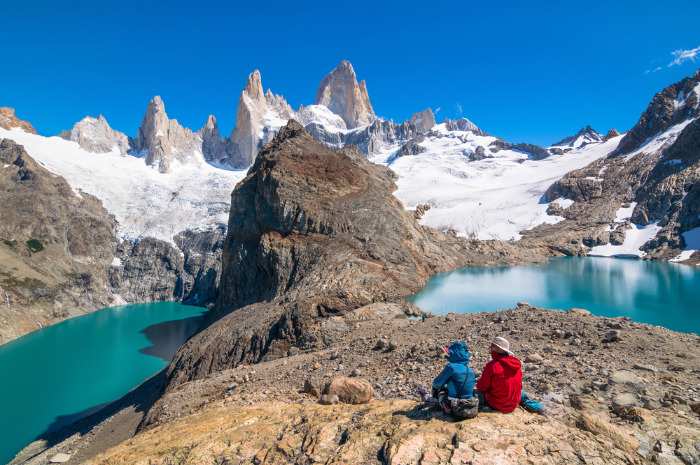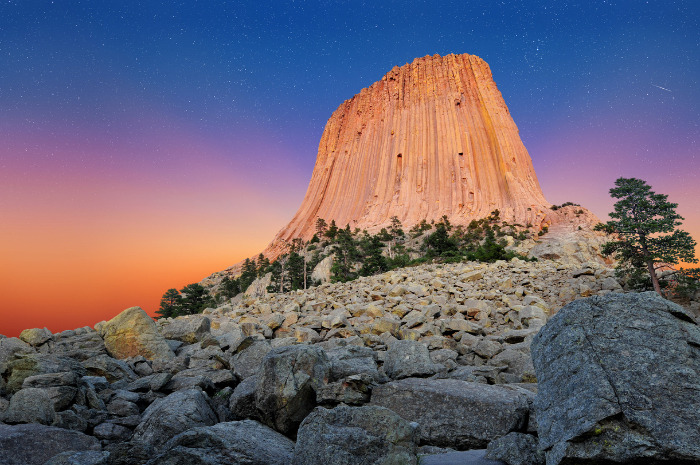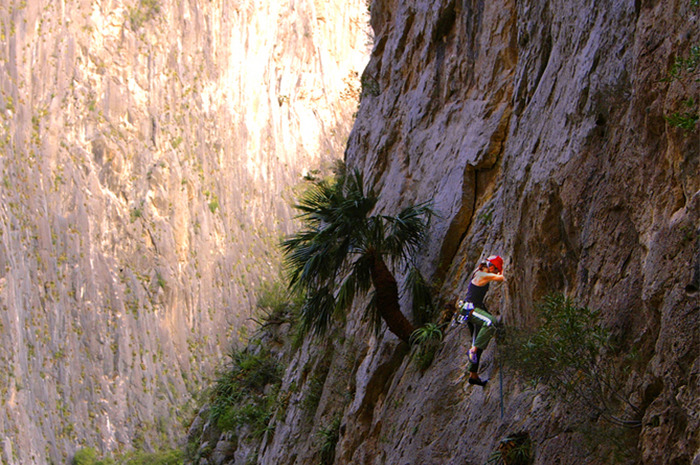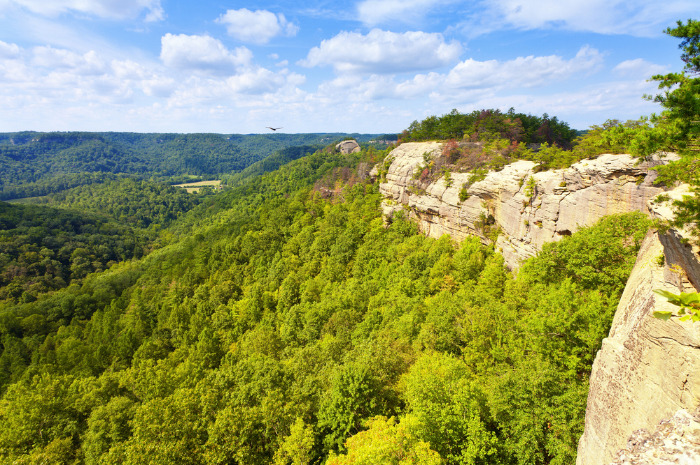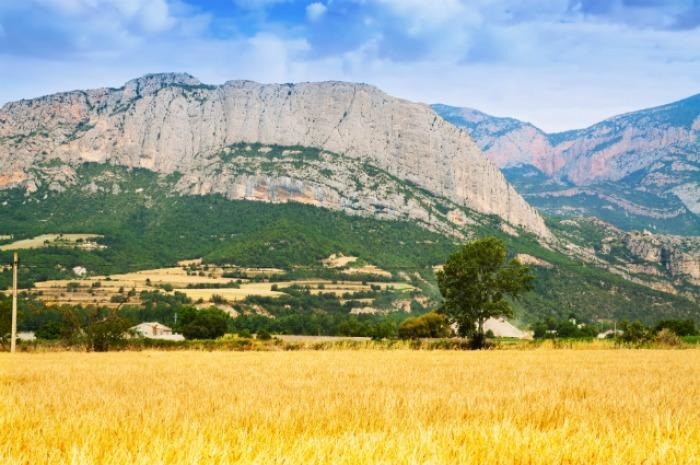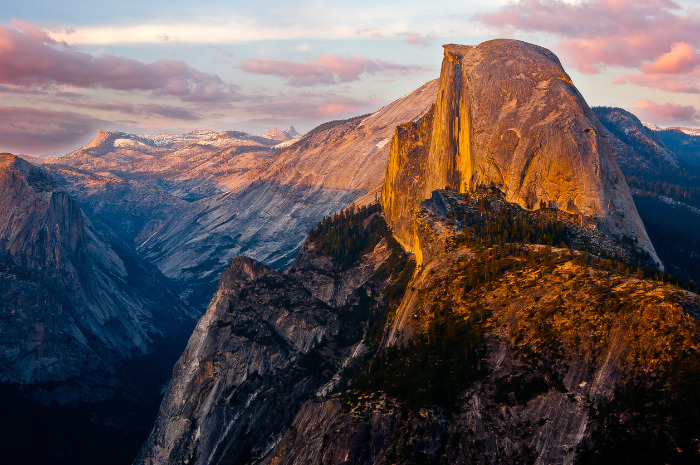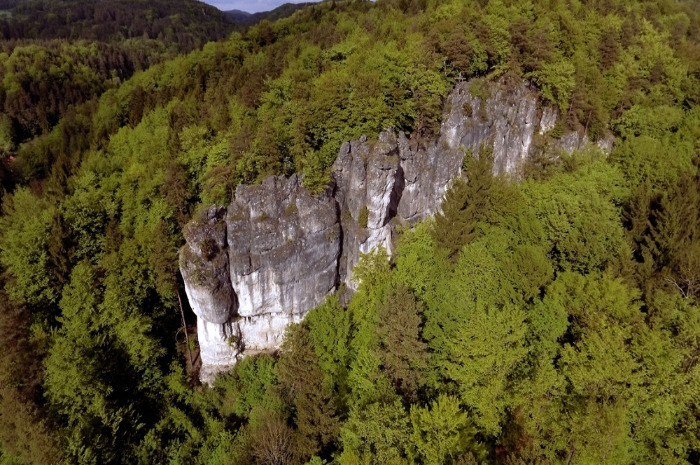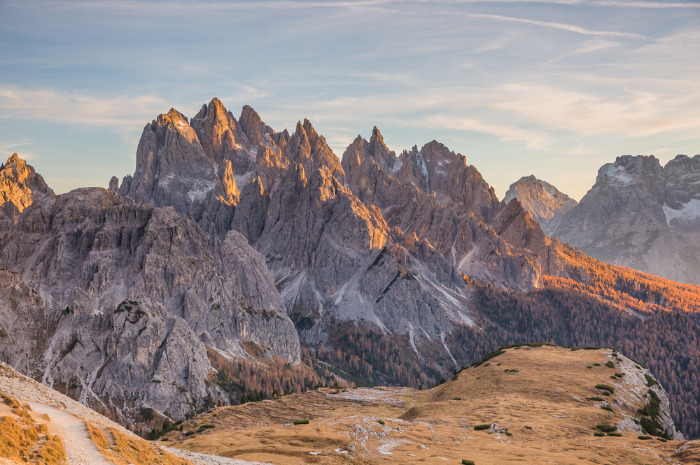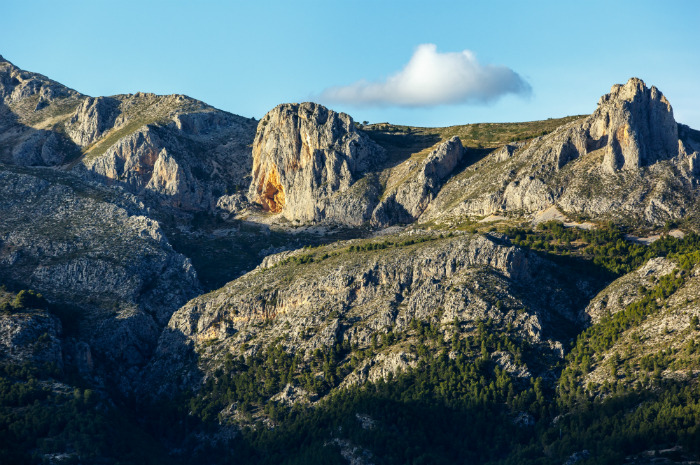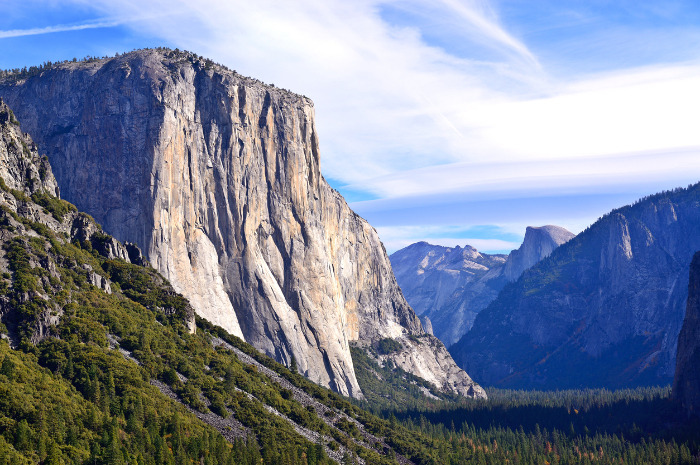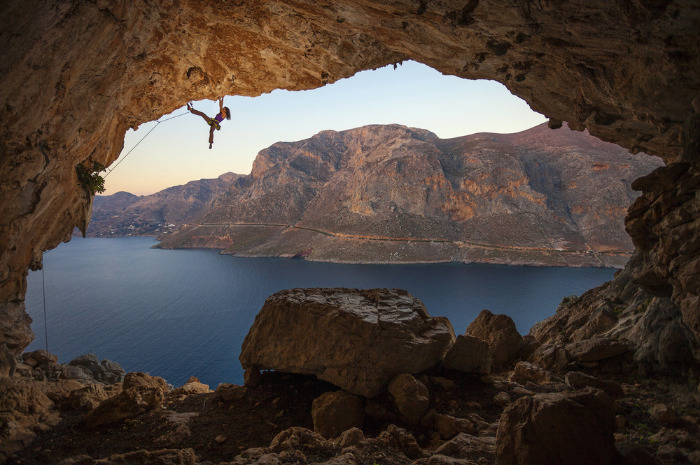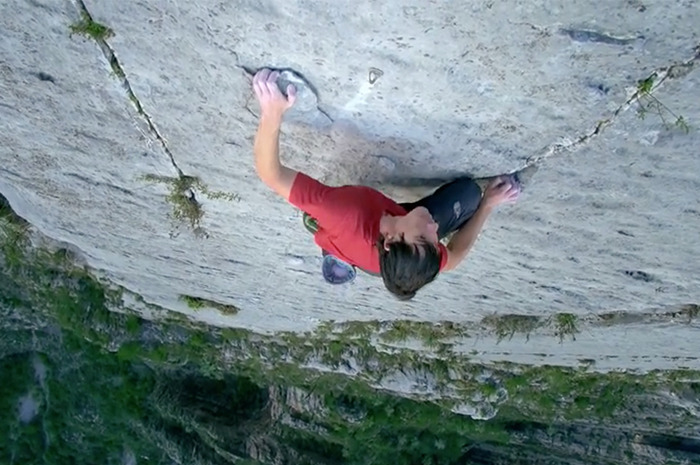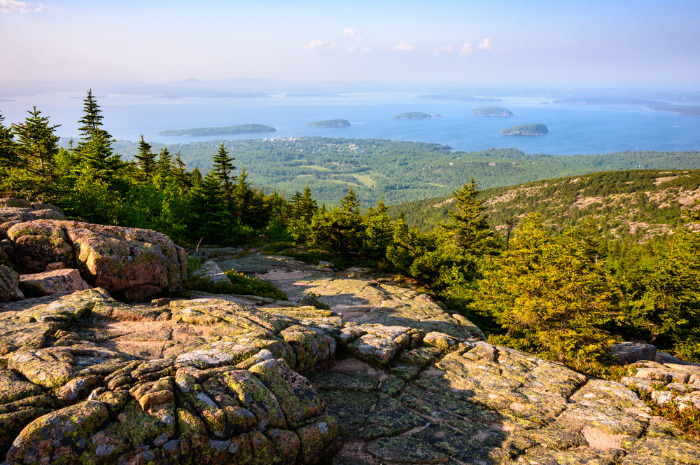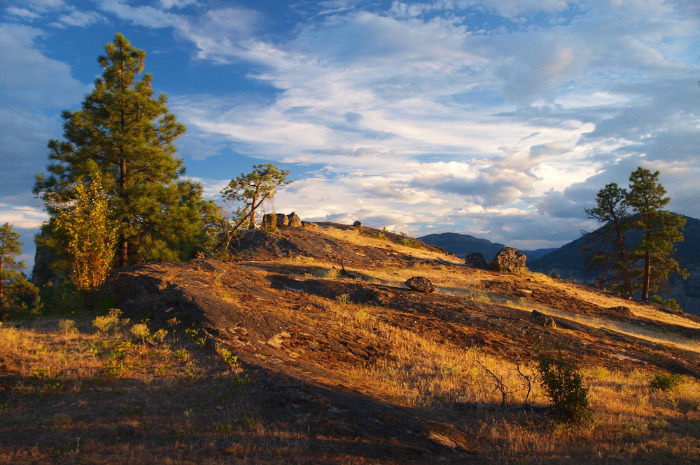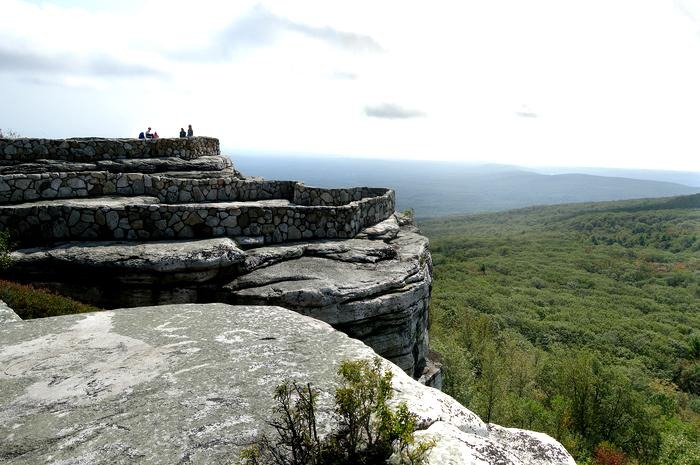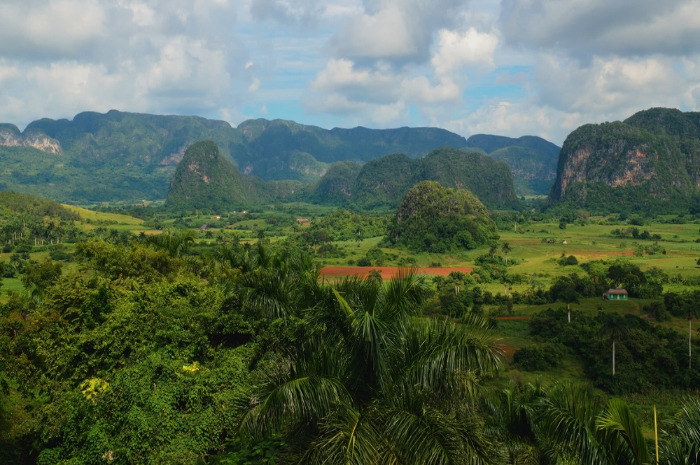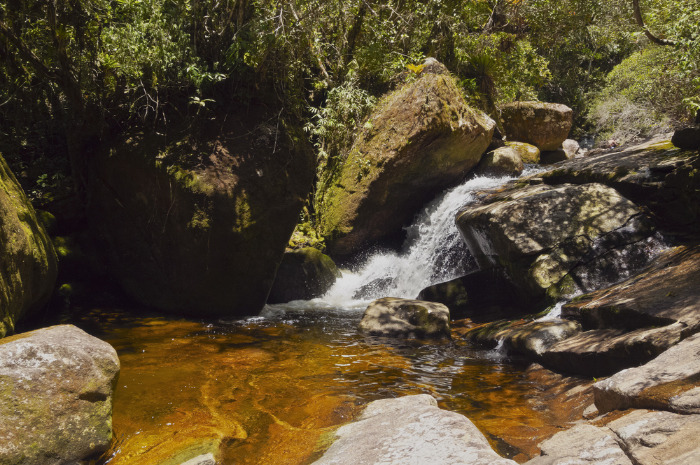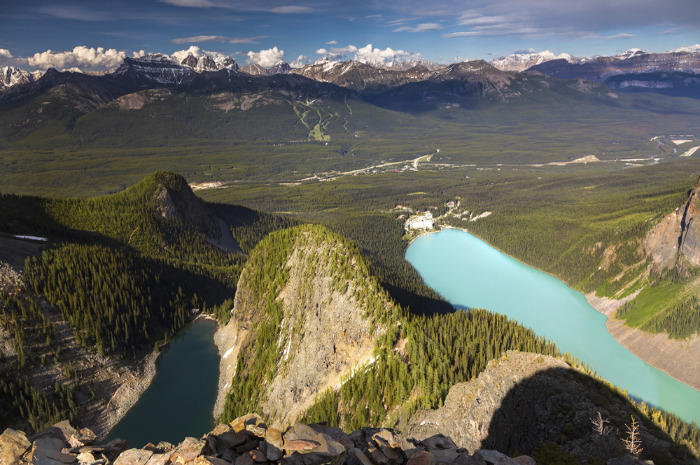20 Places To Go Rock Climbing Before You Die
20 Places to Go Rock Climbing Before You Die
Every climber has their own idea of what makes for a truly ideal climbing spot. From the level of difficulty and the style of climbing to the surrounding scenery and the number of routes available, there are a handful of factors to consider when it comes to determining a truly choice climbing destination.
Chalten Massif, Argentina
This is the ultimate alpine rock climbing destination. Steep granite spires range from 1,000 to 5,000 feet high, and approaches are long. Most climbers come between early November and late February, because this is the driest period. As for the quality of the rock, the golden granite in Fitz Roy's North pillar or on Pier Giorgio or on Poincenot is fantastic. In general, the east and north is more suitable for climbing than the south or west.
Devil’s Tower National Monument, Wyoming
The enormous hexagonal columns are intimidating for some climbers, but a unique experience for all. They have hundreds of parallel cracks – pretty much every 5-10 feet – and they mostly run straight up and down, which reduces rope drag. Some cracks are often 400 feet long, and many walls are perfect for climbing the first several pitches. The easiest route to the summit is Durrance.
El Potrero Chico, Mexico
You can climb some of the tallest limestone cliffs (1,000 feet) in North America at El Potrero Chico. The tallest is the North Face of the Mountain of El Toro, which is about 2,000 feet. The well-bolted, multi-pitch sport routes offer the experience of a lifetime. One of them is the second longest in the region. The best time to visit is in the spring and fall.
Red River Gorge, Kentucky
The sandstone cliffs are considered one of the country's rock climbing meccas. The variety of routes is endless. The Bedtime for Bonzo, with a rating of 5.6, is a popular route for beginners. It can be done in just two pitches. You need a standard light rack for protection. Another excellent route with nice exposure is Roadside Attraction, the rating of which is 5.7. One route that has been called "easy" and "relaxing" but what can be just a little challenging for new climbers is the 27 Years of Climbing (5.8).
La Dura Dura, Spain
This is one of the most dangerous rock climbs in the world. Rock and Ice Magazine calls this route at Oliana, "the hardest of the hard," and REEL ROCK, an online platform for climbing films, had no problem definitively naming it "the hardest rock climb in the world." In 2013 Adam Ondra was the first person to ever successfully ascent this climb after nine weeks of careful and laborious planning.
Half Dome, California
Daredevils who aim to ascend the 8,839-foot granite dome over the east end of Yosemite Valley have several different options for making their way to the top. The final 400 feet are, for the most part, entirely vertical, which is why this classic climb is considered risky. According to the National Parks Traveler, as many as five people have died after falling off the Half Dome's cable-assisted route that leads to the peak.
The Frankenjura in Bavaria, Germany
Frankenjura is one of the top areas for sport climbing in Europe, and is the largest and best climbing area in Germany, according to Climb Europe. There are approximately 1,000 crags spread out in a beautiful forest terrain. The majority of the routes – more than 10,000 routes— are short powerful single pitch sport routes that are either vertical or overhanging. The character and style of climbing is white and grey limestone rock that is full of finger pockets, bents and holes.
Rifle Mountain Park, Colorado
The Wasteland has many fine routes of all grades and the short approach makes it very easy to access, according to Rockclimbing.com. The routes on the left tend to be longer and a little less overhung. They are considered short because they usually end after 70-80 feet. Whatever they lack in length, they make up for in stunning views and challenging climbs.
Tre Cime di Lavaredo, The Dolomites, Italy
The massif stands alone with no other peaks nearby. Some of the most classic and famous climbs are found on the Tre Cime, with the Comici arguably the most famous climb in the Dolomites, according to Mountain Project. The routes are crowded all summer during good weather. The North-Face of Cima Ovest is home to two of the hardest routes in the Alps, namely Panaroma and Bellavista, both of which follow very steep lines.
Costa Blanca in Alicante, Spain
Costa Blanca has perfect bolted limestone crags and excellent climate from October through to April, according to Climb Europe. One of the more popular places to climb is the Calpe Area. The 985-foot tower rising from the sea offers superb multi-pitch climbing with both sport and traditional routes. There are also good sport routes, including the sea cliffs of Mascarat and Toix, and more than 400 routes to choose from at eight different crags.
El Capitan in Yosemite National Park, California
El Capitan, also an insane BASE jumping location, is possibly the most famous location for camping thousands of feet in the air. Climbs up the giant summit can last days. The largest monolith of granite in the world, El Capitan has several designated climbing routes, the majority of which are considered highly challenging.
Kalymnos Island, Greece
Rock climbers love Greece and its more than 2,500 routes that range from novice to master in challenge level. Climbing on the coats of Kalymnos is an opportunity to see some of the most fabulous sunsets. Many of the routes have tufas and are quite steep, but you'll also find plenty of alternatives with different pockets and thin vertical climbing. Most people prefer the "climbing" villages of Armeos, Masouri and Myrties.
Arches National Park, Utah
Only expert climbers are recommended to try the sport at Arches National Park. Permits are free and people are encouraged to register. The sandy nature of the rock, however, can be tricky. The park has everything a climber can want – tough and easy multi-pitch towers, hard cracks and long walls. Access is easy because many are not too far from the roads. You can also establish new routes. Owl rock, one of the most popular routes in the park, is a one pitch 100' roadside spire.
El Sendero Luminoso, Mexico
This entirely vertical 1,750-foot tall climb "requires thin, technical face-climbing above hundreds of feet of exposure," according to Rock and Ice Magazine. In other words, it's extremely arduous. Yet, in an astonishing feat, Alex Honnold free-soloed El Sendero Luminoso's "big-wall" route in just three hours, which, according to Outside Online, typically takes climbers at least two days to conquer.
Acadia National Park, Maine
Climbers go to the South Wall for the quality of the rock. The granite is compact and hard with clean faces. Superb corners and cracks in fine grain pink granite overlook Frenchmen's Bay. Routes extend up to 300 feet off the ground, according to Acadia Mountain Guides Climbing School. The popular cliff, also known as the Precipice, features a wide range of climbs which both beginners and seasoned climbers enjoy. The climb has more than 80 routes from 5.4 to 5.12 in difficulty and one- to two-pitches long.
Skaha Bluffs, Canada
Skaha is the crown jewel of British Columbia rock climbing. You can find more than 650 routes on some outstanding edgy gneiss in the Okanagan Valley, according to RockClimbing.com. Most of the people go there for sport climbing the canyons with cliffs of up to 260 feet on either side. The edgy nature of the rock has resulted in vertical walls; you can "find" routes almost anywhere.
Shawangunks in New Paltz, New York
Climbers call it "The Gunks." It is a popular climbing area that boasts over 1,000 routes and miles of cliff face. The rock is solid quartz conglomerate with horizontal, rather than vertical, cracks. Climbing here is characterized by airy roofs, big jugs, traverses, and sometimes "sporty" pro, according to Climbing.com. It's famous for stellar one- to three-pitch climbs of all levels of difficulty. September and October are the prime climbing months because the weather is cool and the humidity is low.
Vinales Valley National Park, Cuba
For the bold, adventurous and skilled climber, western Cuba offers some of the most magnificent climbs in the Caribbean. A quick two-hour ride from Havana will put climbers at the base of 1,000-foot-tall limestone crags in the Vinales Valley National Park. Should you make it to the top, the view of old Cuban houses, gigantic palm trees and mountainous outlines in the distance is just as amazing as the climb itself.
Serra dos Órgãos National Park, Brazil
This utterly stunning national park is about 90 minutes north of Rio de Janeiro; a visit is well worth the extra time it takes to get there. With peaks higher than 6560 feet, the park is a classic climbing area in Brazil with high mountain atmosphere, according to Mountain Project. It is home to the famous Dedo de Deus (God's Finger). It was first climbed in the 1900's and it is still a difficult climb.
Devil’s Thumb, Canada
As the eerie name suggests, Devil's Thumb is not easy to conquer. Despite boasting only a 9,000 feet of altitude, the relatively low 3,000-foot base elevation provides sweeping walls of ice and granite diorite, according to Mountain Project. The multi-faceted monolith has routes for every skill level, which is one reason why it's so popular. Adventurous climbers like the clean white granite and the peak's 6,000-foot ice-plastered northwest face.
